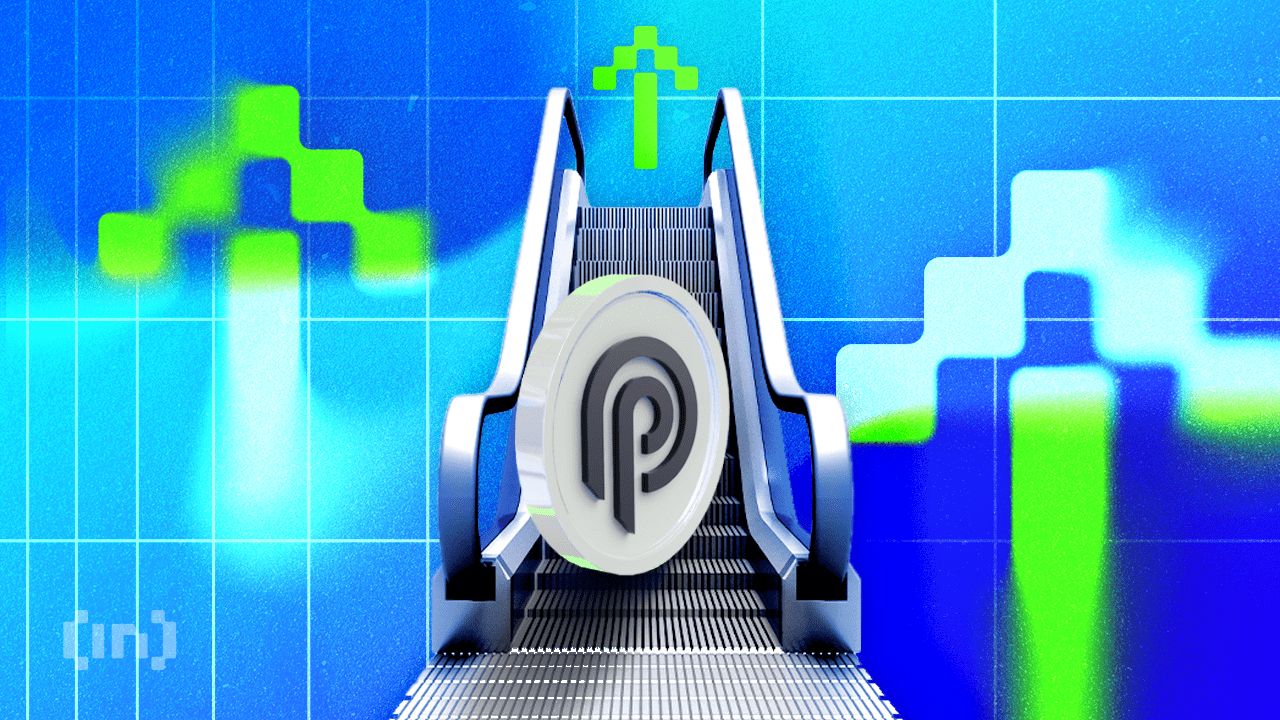Blockchain technology is revolutionizing payment systems, offering a secure, transparent, and efficient alternative to traditional methods. With its ability to eliminate intermediaries and reduce costs, blockchain-based payment systems are rapidly gaining traction among businesses and individuals alike. This article explores how these systems work, their advantages, and the trends shaping their future.
What Are Blockchain-Based Payment Systems?
Blockchain-based payment systems rely on decentralized networks to facilitate transactions without the need for intermediaries like banks. Each transaction is recorded on a distributed ledger, ensuring transparency and security. By leveraging cryptographic methods, these systems provide a high level of protection against fraud, making them a reliable choice for modern financial needs.
Advantages of Blockchain Payment Systems
Blockchain payment systems offer numerous benefits that make them an attractive option:
- Enhanced Security: Transactions are encrypted and stored across a decentralized network, reducing the risk of fraud and hacking.
- Faster Transactions: Payments are processed almost instantly, even for cross-border transfers.
- Lower Costs: By eliminating intermediaries, blockchain reduces transaction fees significantly.
- Global Accessibility: Blockchain payments are available to anyone with an internet connection, providing financial services to unbanked populations.
- Transparency: Every transaction is recorded on an immutable ledger, fostering trust and accountability.
Real-World Use Cases
Blockchain payment systems are being adopted across various industries:
- International Remittances: Blockchain reduces the time and cost associated with cross-border money transfers.
- E-Commerce: Many online retailers now accept cryptocurrencies for seamless global transactions.
- Freelancing Platforms: Blockchain ensures quick and secure payments for freelancers and gig workers.
- Charitable Donations: Donations made through blockchain are transparent, allowing donors to track their contributions.
- Smart Contracts: Payments can be automated based on predefined conditions, increasing efficiency in business processes.
![]()
![]()
Leading Blockchain Payment Platforms
Several platforms are at the forefront of blockchain payment solutions:
- Bitcoin and Lightning Network: These systems enable fast, low-cost peer-to-peer payments.
- Ethereum and Stablecoins: Cryptocurrencies like USDC provide price stability, making them ideal for payments.
- Ripple (XRP): Ripple focuses on cross-border financial transactions for institutions.
- Stellar (XLM): Designed to simplify payments in emerging markets, Stellar is gaining popularity.
- Binance Pay: A user-friendly solution for blockchain payments in e-commerce and retail.
Challenges and Limitations
Despite their advantages, blockchain payment systems face some challenges:
- Volatility: Cryptocurrency prices can fluctuate, impacting transaction values.
- Regulatory Uncertainty: Many countries have yet to establish clear regulations for blockchain payments.
- Scalability Issues: High network demand can lead to congestion and delays.
- Adoption Barriers: Limited public understanding and awareness hinder widespread adoption.
Future Trends in Blockchain Payments
The future of blockchain payment systems is promising:
- Broader Adoption: More businesses are expected to integrate blockchain payments into their operations.
- CBDCs: Central Bank Digital Currencies could complement blockchain systems, boosting mainstream acceptance.
- Interoperability: Bridging multiple blockchains will create a seamless payment ecosystem.
- Sustainability: Advances in energy-efficient blockchain solutions will address environmental concerns.
Conclusion
Blockchain-based payment systems represent a paradigm shift in how we conduct transactions. Their security, speed, and cost-efficiency make them a compelling alternative to traditional payment methods. As adoption grows and technology evolves, these systems are set to play a crucial role in shaping the future of global finance.










